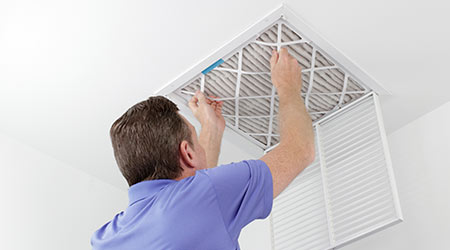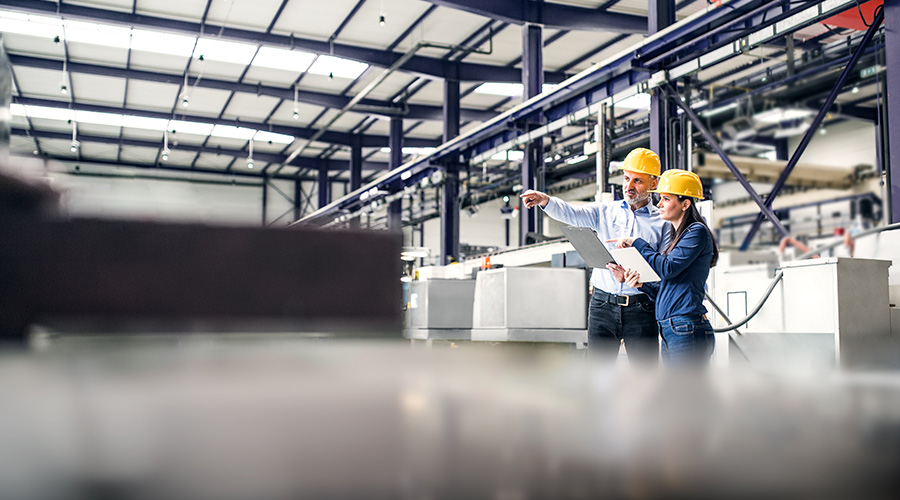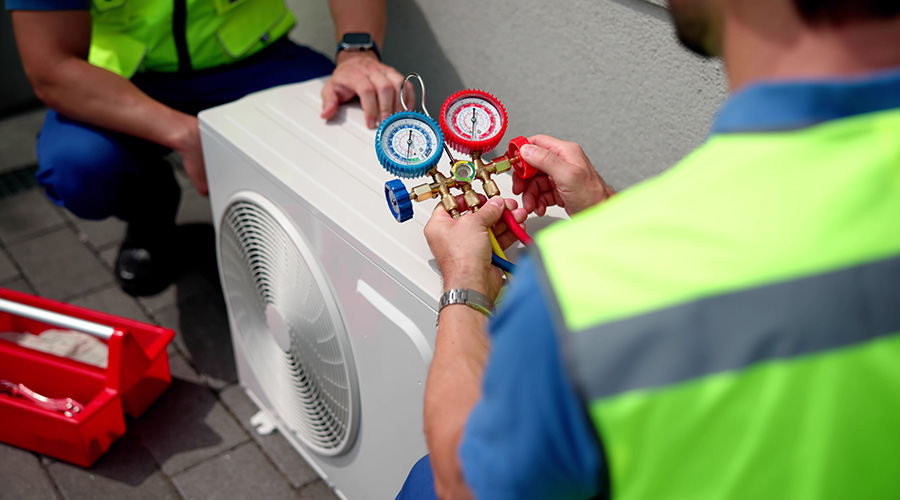HVAC systems have made great strides in improving indoor air quality (IAQ) in institutional and commercial facilities. Nonetheless, challenges remain for maintenance and engineering managers and technicians responsible for ensuring a healthy indoor environment for building occupants and visitors, especially in facilities where activities and operations change regularly, according to an article from Facilities Maintenance Decisions on FacilitiesNet website.
By understanding the role of air filters in achieving these goals, key applications for various air filters, and the essential tools and technology technicians need to monitor indoor air for mold, moisture, temperature, air flow, carbon monoxide, and airborne particles, managers can make great strides in improving the health of indoor environments.
Before specifying air filters, managers need to know the air quality inside and outside the facility and, specifically, the types of pollutants and their amounts in the air. Sources can include outdoor air entering through air intakes and indoor air pollutants from occupants and processes.
Outdoor air contains ozone, smog, vehicle exhaust, industrial pollution, and seasonal pollutants, such as plant pollen, which can be stressful for occupants with respiratory conditions, from the common cold and asthma to chronic obstructive pulmonary disease (COPD). Many of these conditions can weaken immune systems and cause bacterial pneumonia, which is a life-threatening disease.

 State of the Facilities Management Industry in 2025
State of the Facilities Management Industry in 2025 City of Hope to Open New Cancer Specialty Hospital in California
City of Hope to Open New Cancer Specialty Hospital in California Montefiore Einstein Opening New Inpatient Center for Youth in the Bronx
Montefiore Einstein Opening New Inpatient Center for Youth in the Bronx Skill Stacking: How Micro-Credentials Are Reshaping Trades
Skill Stacking: How Micro-Credentials Are Reshaping Trades Prima Medicine Opens New Location in Tysons, Virginia
Prima Medicine Opens New Location in Tysons, Virginia